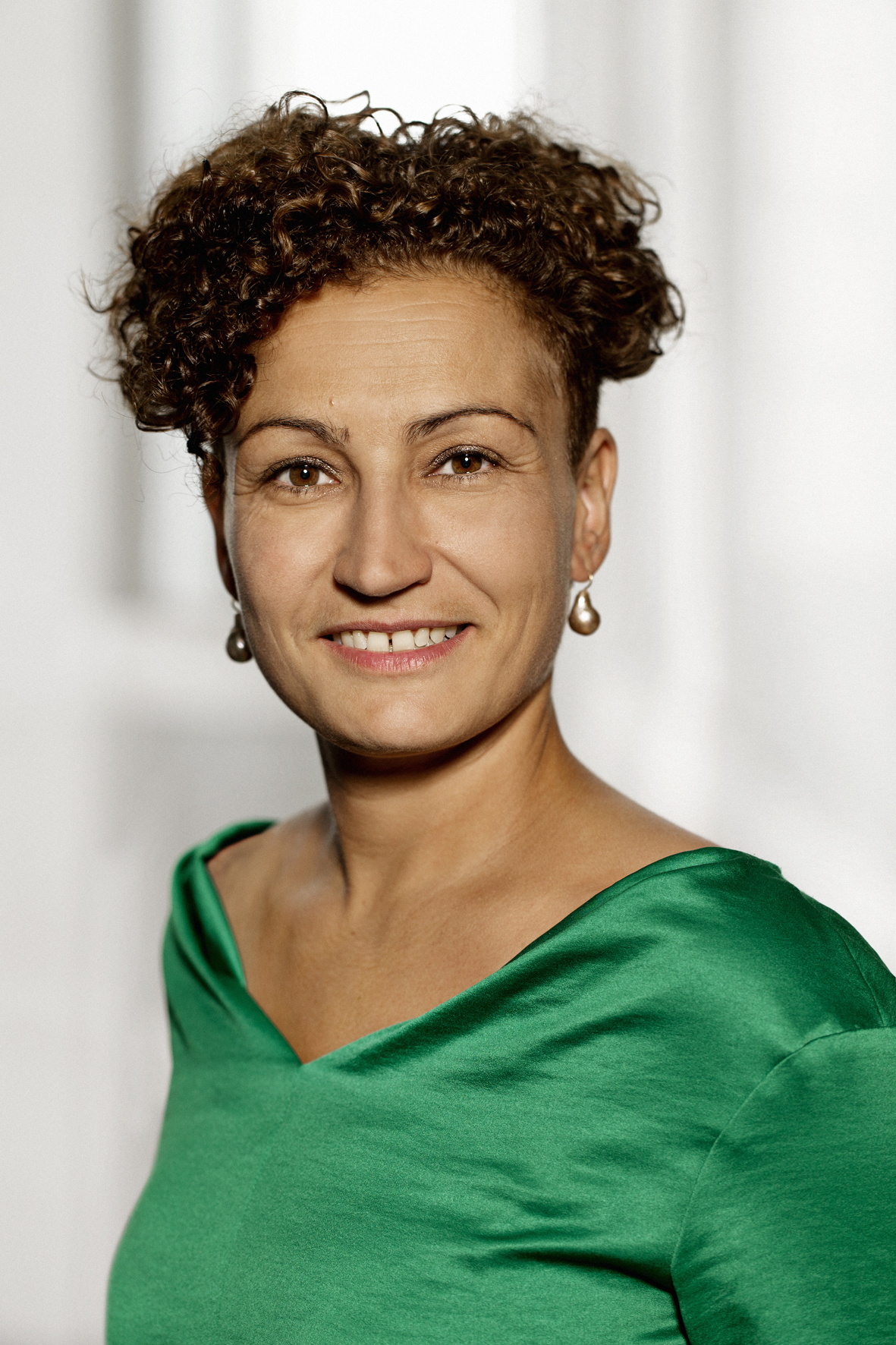Urbanising the desert and knowing the world - The case of Palmyra in Syria
Talk by Rubina Raja at the Women's Informal Network (WIN).

Friday 8 June, Rubina Raja will be giving a talk entitled "Urbanising the desert and knowing the world - The case of Palmyra in Syria" at the Women's Informal Network (WIN) - "a professional network for women in international development which promotes inspiring women's leadership and management".
The invited talk is featured in the speakers series of the WIN Women Leaders Forum.
Abstract
For centuries the oasis city of Palmyra, also called Tadmor, has fascinated travelers and scholars alike. Since its “rediscovery” by Europeans in the 17th century, the art and architecture of the city became models for classicism in Europe and the legendary Queen Zenobia filled the imaginations of writers and musicians, who wrote novels and operas about her very short reign and the fate of Palmyra, which in the end was conquered by the Romans in 273 CE and never recovered. The city also presents itself as an ideal case study of how societies in antiquity dealt with settling in arid and semi-arid regions and how urban resilience and robustness were elements, which were of concern to these societies, since they were vulnerable to fluctuations in, for example, amounts of rain and damage to irrigation systems. More recently, Palmyra has received world-wide attention since the massive destruction of this world heritage site during the conflict in Syria. This short talk will focus on the city as a case study of urban networks and resilience strategies, which apart from focusing on the urban landscape and its surroundings also extended much further into the regions beyond Palmyra through the trade Palmyrenes were involved in.
